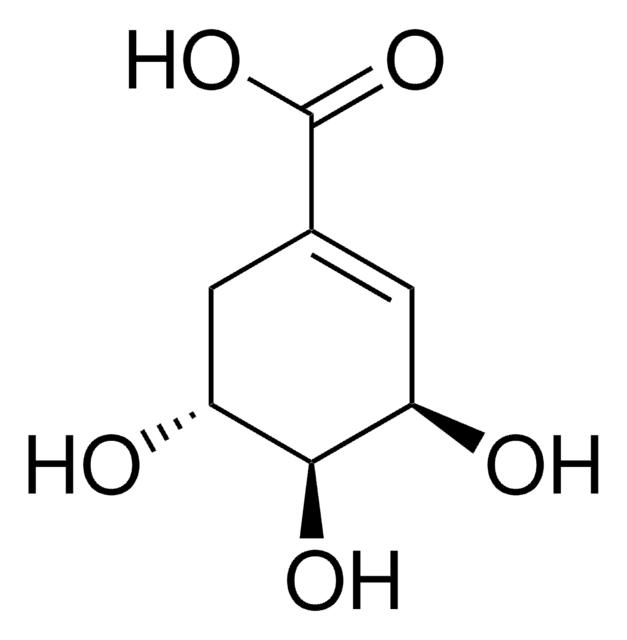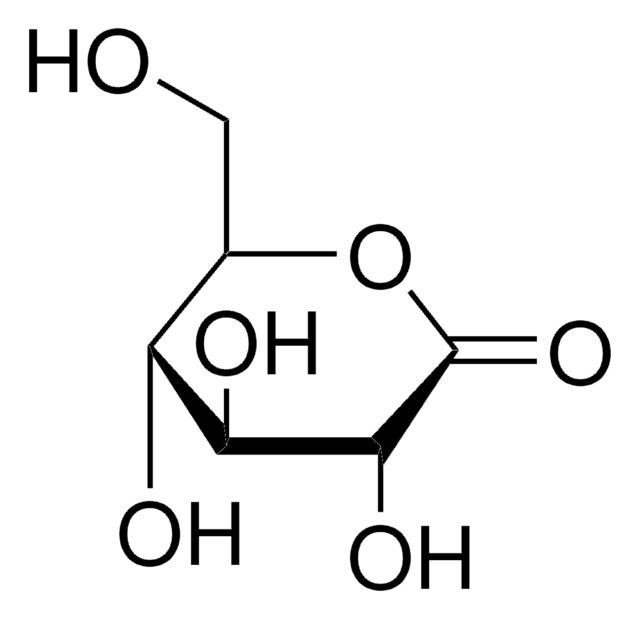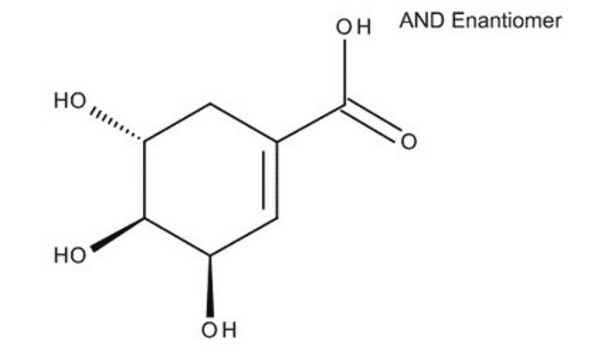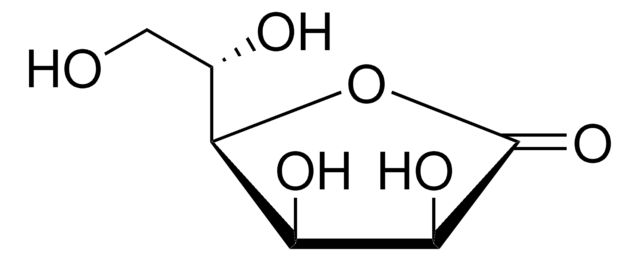추천 제품
일반 설명
3-Ethoxy-1,2-propanediol (also known as glycerol α-ethyl ether) is primarily used as a solvent in various industries, including pharmaceuticals, cosmetics, and coatings. It can also be used as a substrate in the synthesis of cyclic phosphates for use in flame retardants.
애플리케이션
3-Ethoxy-1,2-propanediol (EGE) can be used as a crosslinking agent in the development of poly(glycidol) hydrogels for use in various biomedical applications such as tissue engineering and drug delivery. It is also used as a potential component in a bio-based solvent system for dissolving or processing nitrocellulose.
3-Ethoxy-1,2-propanediol can be used as:
3-Ethoxy-1,2-propanediol can be used as:
- An analyte protector in gas chromatographic analysis of pesticides.
- An acceptor substrate in glycosylation reaction by sucrose phosphorylase.
신호어
Warning
유해 및 위험 성명서
Hazard Classifications
Skin Irrit. 2
Storage Class Code
10 - Combustible liquids
WGK
WGK 2
개인 보호 장비
Eyeshields, Gloves, type ABEK (EN14387) respirator filter
이미 열람한 고객
Lijun Han et al.
Journal of agricultural and food chemistry, 66(20), 4986-4996 (2017-11-15)
In this study, analytical results were compared when using different approaches to bulk food sample comminution, consisting of a vertical chopper (Blixer) at room temperature and dry ice cryogenic conditions, followed by further subsample processing (20 g) using liquid nitrogen
Lucia Ivorra et al.
Chemosphere, 235, 662-669 (2019-07-06)
Uptake and depuration kinetics of 4,4'-dichlorobenzophenone (main metabolite of dicofol) in the edible clam Meretrix meretrix were evaluated through a mesocosm experiment. M. meretrix was exposed to different dicofol concentrations (environmental concentration, D1 = 50 ng/L; supra-environmental concentration, D2 = 500 ng/L) for 15 days, followed by
Jian Du et al.
Scientific reports, 6, 38355-38355 (2016-12-08)
The presence of pesticides in human milk (HM) is of great concern due to the potential health effects for the breastfed infant. To determine the relationships between HM pesticides and infant growth and development, a longitudinal study was conducted. HM
Jian Du et al.
Chemosphere, 167, 247-254 (2016-10-12)
Persistent organic pollutants in human milk (HM) at high levels are considered to be detrimental to the breastfed infant. To determine the pesticide concentration in HM, a pilot cross-sectional study of 40 Western Australian (WA) women was carried out. Gas
Jimi Cho et al.
Food additives & contaminants. Part A, Chemistry, analysis, control, exposure & risk assessment, 33(12), 1803-1816 (2016-09-14)
The analysis of pesticides in food products requires accurate measurements for which standardised protocols have been developed. This paper reports the validation of QuEChERS (quick, easy, cheap, effective, rugged, and safe)-based methods applied to three different food samples (brown rice
자사의 과학자팀은 생명 과학, 재료 과학, 화학 합성, 크로마토그래피, 분석 및 기타 많은 영역을 포함한 모든 과학 분야에 경험이 있습니다..
고객지원팀으로 연락바랍니다.








